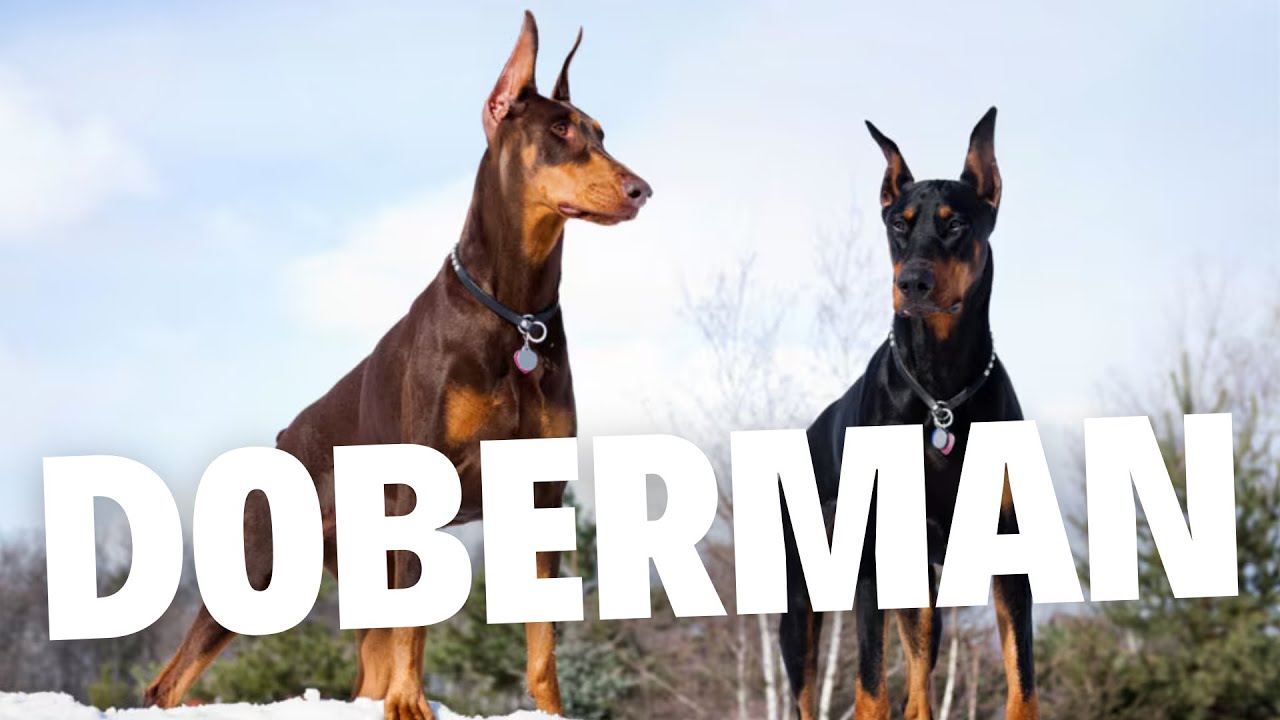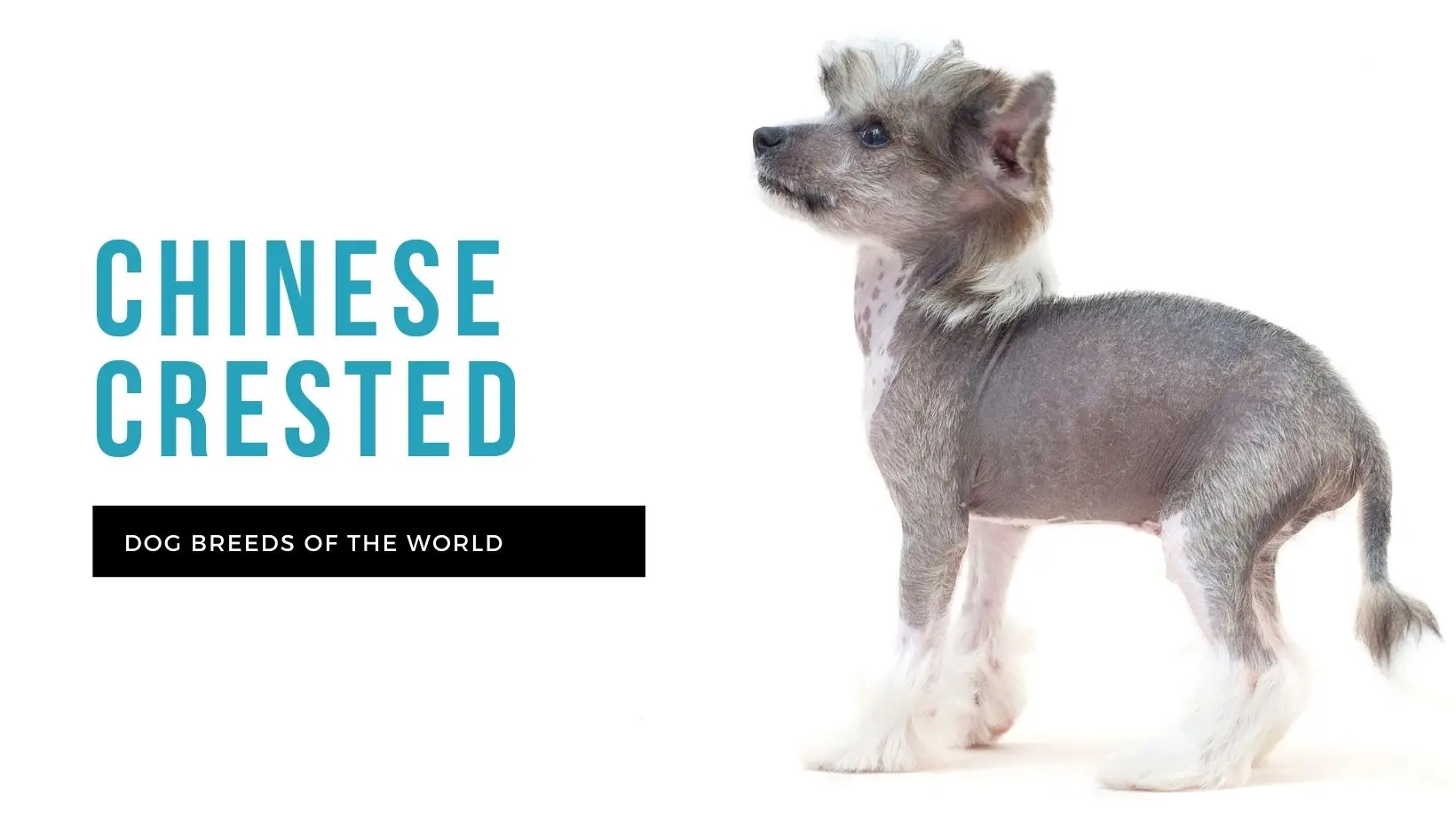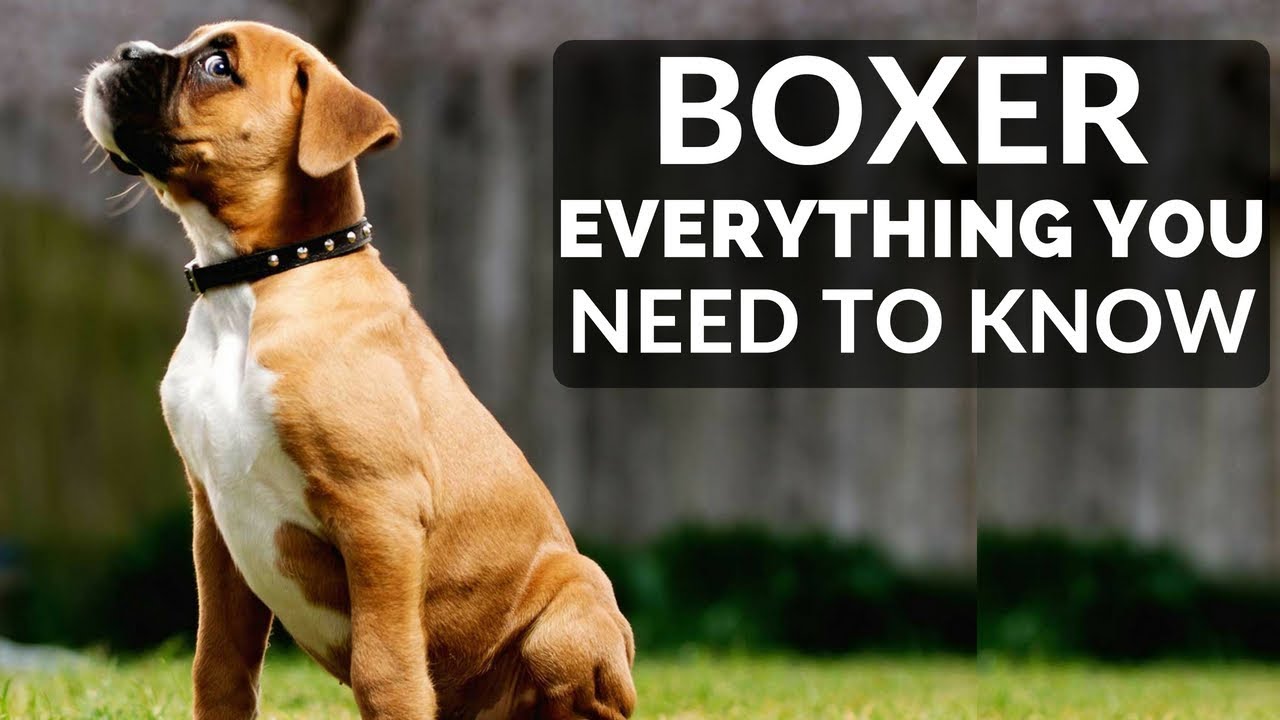Australian Shepherd: Complete Guide & How-To Care for This Energetic and Intelligent Breed
The Australian Shepherd, despite its name, was developed primarily in the United States. Known for its sharp intelligence, herding instincts, and boundless energy, this medium-sized dog has become a favorite among active families, dog sports enthusiasts, and ranchers alike. If you’re considering welcoming an Aussie into your home, this guide provides everything you need to know—from temperament and health to grooming, exercise, and training.
1. Breed Overview
- Breed Name: Australian Shepherd
- Group: Herding
- Origin: United States
- Height: 18–23 inches (46–58 cm)
- Weight: 40–65 pounds (18–29 kg)
- Life Expectancy: 12–15 years
- Coat: Medium-length, weather-resistant double coat
- Colors: Blue merle, red merle, black, red – all can have white markings or tan points
2. Personality and Temperament
Australian Shepherds are highly intelligent, alert, and full of energy. They are bred for herding livestock, so they naturally enjoy having a job to do. They thrive in environments where they receive plenty of mental and physical stimulation. Aussies are loyal and protective, making them excellent family pets, especially for active households. However, their herding instincts can cause them to nip at heels—particularly of small children—if not trained properly.
Key Personality Traits:
- Intelligent and quick learners
- Energetic and athletic
- Protective and loyal
- Sometimes reserved with strangers
- Needs a strong, consistent leader
3. Is the Australian Shepherd Right for You?
Before adopting an Aussie, ask yourself:
- Can you provide daily physical and mental exercise?
- Are you home enough to engage your dog regularly?
- Do you enjoy training and spending time with your dog outdoors?
This breed is not suitable for sedentary lifestyles or small apartments without frequent outdoor access. Ideally, they should live in homes with fenced yards or with owners who love hiking, running, or dog sports like agility or flyball.
4. Grooming and Maintenance
Despite their beautiful coats, Australian Shepherds are relatively easy to groom with regular care.
Grooming Needs:
- Brushing: 2–3 times a week to reduce shedding and prevent matting
- Bathing: Every 6–8 weeks unless they get especially dirty
- Ear Cleaning: Weekly, as they can be prone to ear infections
- Nail Trimming: Every 2–3 weeks
- Dental Care: Brush teeth several times a week
They do shed year-round, with heavier shedding in spring and fall.
5. Nutrition
Feed your Australian Shepherd a high-quality dog food appropriate for their life stage (puppy, adult, senior). These dogs are active and muscular, so they require protein-rich diets.
Tips:
- Feed twice a day instead of free-feeding to avoid overeating
- Avoid feeding table scraps or foods high in fat and salt
- Monitor weight and adjust portion sizes if needed
- Provide fresh water at all times
6. Exercise Requirements
Australian Shepherds require 1 to 2 hours of exercise daily. Without enough activity, they may become bored and develop destructive behaviors like chewing, digging, or barking excessively.
Ideal Activities:
- Long walks or jogs
- Off-leash play in a secure area
- Dog sports (agility, obedience, herding trials)
- Puzzle toys and scent games to stimulate their minds
If you’re not outdoorsy, this breed may not be the best fit.
7. Training: How to Train an Australian Shepherd
Training is crucial for Aussies—they crave structure and enjoy learning.
Key Training Tips:
- Start early: Begin training and socialization during puppyhood
- Use positive reinforcement: Treats, toys, and praise work wonders
- Be consistent: Aussies are sensitive to tone and inconsistency
- Teach commands: Sit, stay, come, and heel are essentials
- Mental stimulation: Use interactive games, puzzle feeders, or scent work
- Leash training: Teach loose-leash walking early to avoid pulling
- Discourage herding behavior: Redirect if they nip at children or chase moving objects
Consider enrolling in obedience classes or agility training to channel their intelligence and energy positively.
8. Health Concerns
Australian Shepherds are generally healthy, but they’re prone to certain inherited conditions.
Common Health Issues:
- Hip dysplasia
- Epilepsy
- Progressive Retinal Atrophy (PRA)
- Collie Eye Anomaly (CEA)
- Multidrug Sensitivity (MDR1 gene mutation)
- Deafness, especially in merle-to-merle breedings
Regular vet checkups, early health screenings, and a healthy lifestyle can help mitigate these risks.
9. Socialization
Exposing your Aussie to new environments, people, pets, and sounds from a young age is crucial.
How to Socialize:
- Take your puppy on car rides, park visits, and to dog-friendly stores
- Invite guests over regularly
- Enroll in puppy kindergarten classes
- Arrange playdates with well-behaved dogs
Proper socialization helps prevent fear, anxiety, and aggression.
10. Living With an Australian Shepherd
If you have an active lifestyle and are willing to invest time in training and exercise, Aussies make exceptional companions.
Best Living Conditions:
- Suburban or rural homes with fenced yards
- Access to trails or parks
- Families with older children or teens
- Homes where someone is around most of the day
They’re affectionate and love being involved in all family activities. They don’t do well when left alone for long hours regularly.
Conclusion
The Australian Shepherd is a brilliant, athletic, and affectionate breed that thrives in the right environment. With proper care, training, and lots of mental stimulation, they’ll become your loyal companion and perhaps your most active adventure buddy.
Whether you’re looking for a hiking partner, an agility competitor, or a smart family dog, the Aussie could be the perfect match—as long as you’re ready for the commitment.




